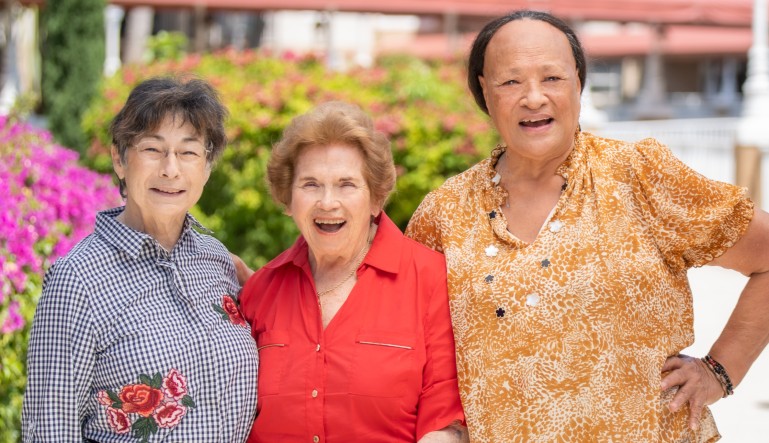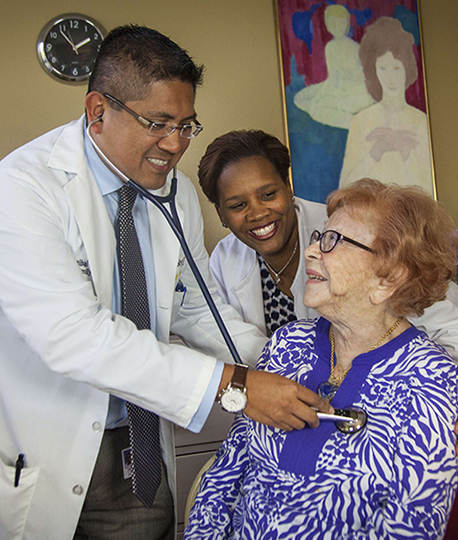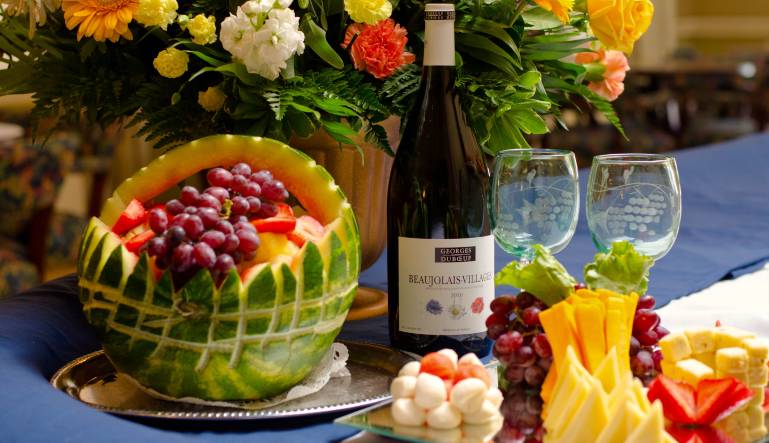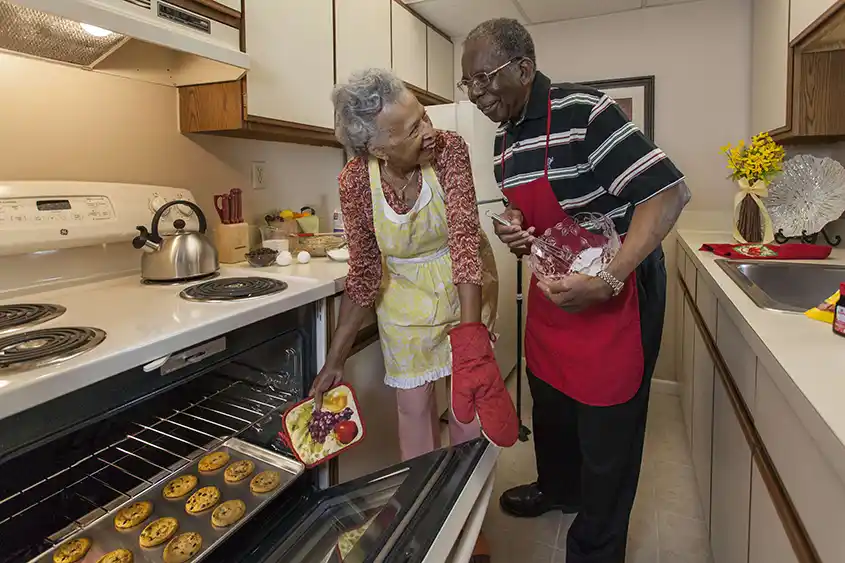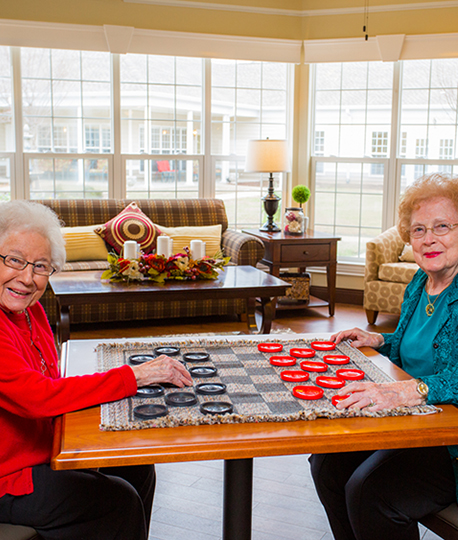The lazy days of summer are anything but lazy if you’re caring for an aging loved one. Instead, you may spend more time worrying if your loved one is cool, hydrated, and out of the sun. These five tips can help keep your favorite senior safe and create a less stressful summer for you. Maybe you’ll even find some time to lounge by the pool (with sunscreen, of course).
1. Know the Risks of Extreme Temperatures
It’s a startling, but true statistic. Each year, extreme heat causes an average of 658 deaths. That’s more than tornadoes, hurricanes, floods, and lightning combined.
Seniors are at greater risk for experiencing heat exhaustion or heat stroke because their bodies often have more difficulty adjusting to or tolerating extreme temperatures. Medications or medical conditions may exacerbate the problem.
If you have aging loved ones living alone, check on them at least twice a day. Ensure their air conditioner works and they are using it.
2. Stay Indoors during the Warmest Times of Day
The sun shines brightest between the hours of 10 AM and 2 PM. Encourage seniors to stay in an air-conditioned environment during these hours, and plan errands and outdoor activities for early morning or later in the day.
Seniors can enjoy indoor hobbies and interests during the heat of the day. They might want to take a class, participate in a scrapbooking group, or exercise in an air-conditioned environment like their local senior center or fitness club.
3. Use Proper Sun Protection
When your loved one does venture out into the heat, ensure they apply SPF 30 on all exposed body parts to reduce the risk of skin cancer. Cover up with long pants and long sleeves in a lightweight, breathable fabric in a light color, and wear a lightweight hat to block the sun.
4. Make Sure Your Senior Loved One Stays Hydrated
Make sure older adults always have enough to drink by keeping easy-to-open bottles of water in their refrigerator, and a filled water bottle by their side.
5. Know the (Fire) Drill
Summer fireworks cause close to 18,000 fires each year. More fires are reported on July 4 than any other day of the year, with two out of five of those fires caused by fireworks. This provides caregivers with a good opportunity to talk about a fire safety plan with a senior family member.
Prior to the summer holidays, ensure your senior loved one knows the escape route from their home and understands where to go in an emergency. Have a fire drill to practice.
Check smoke alarms to ensure they have fresh batteries and work properly.
If your senior loved one is hard-of-hearing, consider a smoke alarm that uses a vibration and flashing light. You might also install an in-ceiling sprinkler system, which can put out a fire faster than the fire department may arrive and doesn’t rely on your loved one dialing 911.
Rest Easy this Summer
Follow these summer safety tips to ensure you and your aging loved ones stay safe all summer long.
And remember, summer is a great time of year to find an air-conditioned Five Star community!

